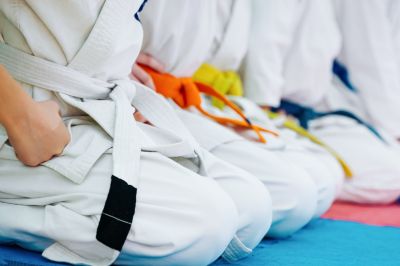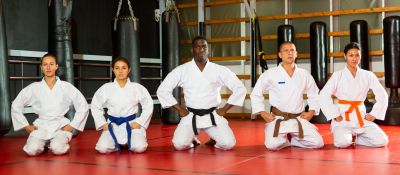Optimal Timing for Martial Arts Gradings
Gradings are a key milestone in martial arts, marking a practitioner's progress and proficiency. The timing of gradings can vary depending on the style, individual development, and training frequency. Typically, practitioners prepare for gradings after consistent training and achieving specific skill levels. Many martial arts schools recommend quarterly or biannual assessments to ensure steady progression.
Scheduling gradings at the end of training cycles ensures students are well-prepared and can demonstrate their skills effectively.
Gradings are best timed after achieving specific skill milestones, which vary by belt level and style.
Many schools align gradings with seasonal breaks or holidays to facilitate attendance and preparation.
Instructors often suggest grading times based on individual progress and readiness assessments.

Students practicing techniques during a training session.

Instructor evaluating a student's form during a grading.

A student receives a new belt during a grading event.

Practitioners demonstrating techniques for grading evaluation.

Martial arts training gear used during practice sessions.

Instructor providing guidance during a grading.

Students training together in a martial arts class.

Practitioners showcasing techniques during a grading event.
| Aspect | Considerations |
|---|---|
| Training Frequency | More frequent training may lead to more opportunities for gradings. |
| Skill Progression | Progress must meet specific criteria for each belt level. |
| Event Timing | Align with martial arts tournaments or demonstrations. |
| Instructor Guidance | Follow recommendations based on individual readiness. |
| Personal Goals | Schedule based on personal development and motivation. |
| School Policies | Adhere to the school's grading schedule and requirements. |
Gradings serve as a formal recognition of progress and skill mastery in martial arts. They motivate practitioners to maintain consistent training and strive for excellence. Proper timing ensures that students are adequately prepared, reducing the risk of underperformance and increasing confidence during assessments. Statistics indicate that regular gradings can improve retention rates and engagement within martial arts programs.
Instructors typically recommend scheduling gradings after a dedicated training period, which may range from a few months to a year, depending on the belt level and style. The optimal time also considers the practitioner's physical and mental readiness, ensuring a fair and meaningful evaluation. Practitioners should communicate regularly with their instructors to determine the best timing for their individual progress.
